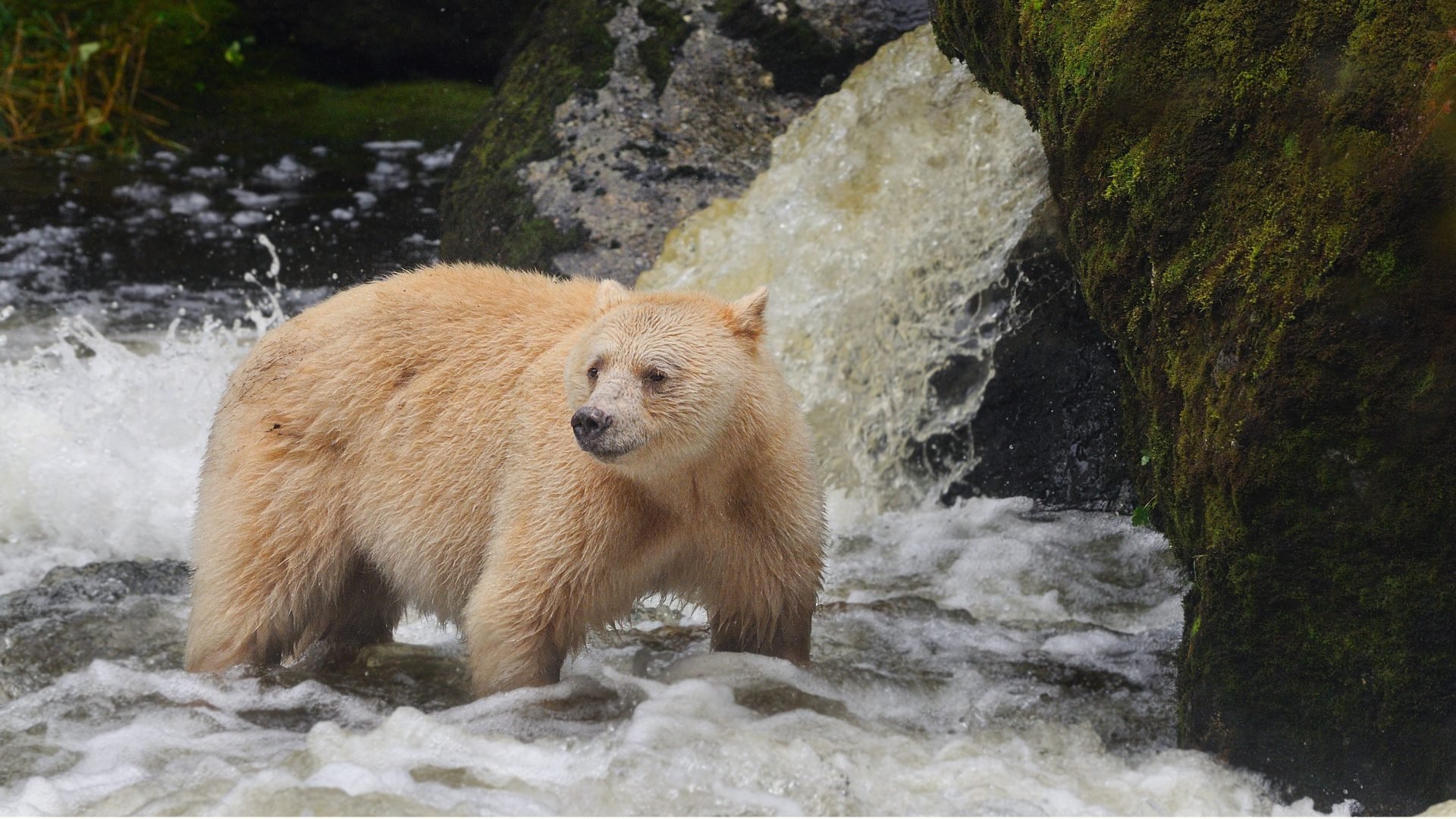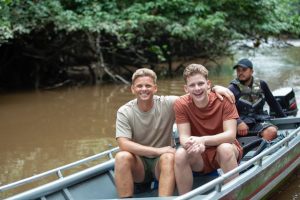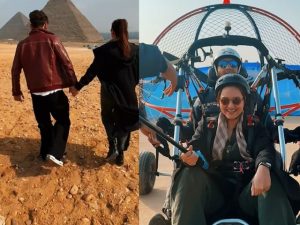
Similar to human celebrities, famous bears are also hounded by paparazzi. These so-called “wildlife paparazzi” crave the perfect photo or video, putting themselves and animals at risk. Experts warn that this constant attention disrupts natural behavior and can even endanger the bears.
Grizzly bears like Nakoda, a rare white-phased grizzly in the Canadian Rockies, are becoming unwilling celebrities. Their beauty and uniqueness attract a throng of photographers and enthusiasts, putting a strain on these wild animals.
Parks Canada, the governing body for Banff National Park, is grappling with this challenge. According to an article in Rocky Mountain Outlook, hordes of visitors chased internet-famous bears “The Boss” and “Split Lip” for weeks after they emerged from hibernation.
With cell phone cameras, the digital photos of wildlife have become the 21st Century equivalent of hunters going out and bagging an animal that they can hang on their wall,” said Brian Spreadbury, who worked in Lake Louise for 15 years. “The whole social media phenomenon where people go out and get those trophy photos, and they feel the need to share them, and they also end up sharing locations, is creating problems because it just draws more and more people.”
The impact on wildlife
The constant pressure from human presence has several negative consequences for bears:
- Habituation: Bears become accustomed to humans and lose their natural fear, increasing the risk of dangerous encounters.
- Disrupted behavior: The noise and close proximity of crowds make it difficult for bears to hunt, hide from predators, and find mates.
- Food dependency: Bears may be drawn to areas with human activity in search of handouts or spilled food.
National parks across North America are trying to implement various solutions. Jasper National Park enforces a “restricted activity order.” It requires visitors to stay in their vehicles within 100 meters of bears and other wildlife. Grand Teton National Park requires visitors to stay 100 yards away from bears and wolves.
Banff National Park, on the other hand, merely recommends visitors stay at least 100 meters from bears. But as we can see, this approach isn’t exactly fruitful. Some experts believe a stricter approach, like mandatory car viewing or designated wildlife viewing areas, is necessary.
It is crucial to find a balance between protecting wildlife and allowing visitors to enjoy nature. Increased education, stricter regulations, and responsible social media use are all necessary to ensure the safety of both grizzly bears and park visitors.
[via Outdoors]





